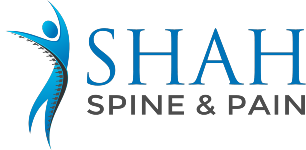INTRODUCTION
PRP -“Platelet-Rich Plasma,” is a revolutionary new treatment for chronic sports and musculoskeletal injuries that is taking the sports, musculoskeletal and orthopedic medicine community by storm. It involves using a patient’s own blood platelets for wound and soft tissue healing. Professional and recreational athletes alike, credit PRP treatment for enabling them to get back in the game, and patients with joint arthritis are experiencing less pain and greater function.
Regenerative therapy is an outpatient procedure that is done at the point of care. It involves the application of a concentrated form of platelet rich plasma, or bone marrow aspirate or adipose (fat) tissue to the affected area. Often PRP is used in adjunct to stem cell regenerative therapy derived from bone marrow or adipose (fat) cells of one’s own body.
This therapy uses your own cells to aid and AMPLIFY the healing process in joint, cartilage, meniscal, tendons or muscle conditions.
PURE PRP GROWTH FACTORS FROM OWN BLOOD: The growth factors are attained directly from your own blood. It is then processed to produce the best form of platelet rich plasma possibly available. Pure PRP provides the highest concentrations of growth factors without inflammatory or red blood cell content that may cause pain after the injection.
WHY PRP-PLATELET RICH PLASMA?
Platelets are a specialized type of blood cell that is involved in the injury healing process. Human platelets are naturally extremely rich in connective tissue growth factors. Injecting these growth factors into damaged ligaments, tendons, and joints, stimulates a natural repair process.
THE PROCEDURE:
This is a generally painless procedure in most cases, and completely safe. In order to isolate the platelets, blood is drawn from the patient and processed with a centrifuge. The centrifuge separates the red blood cells from the platelets, while concentrating the platelets (and growth factors). The red blood cell portion is discarded and the platelet concentrate is injected into the treatment area. Injections to affected area such as the tendon or joint are performed under all aseptic and antiseptic precautions with ultrasound or fluoroscopic guidance to ensure proper placement. The entire process takes less than one hour.
FOLLOW UP:
After the initial treatment, a follow up visit is scheduled 6-8 weeks later to check on healing progress. Some patients respond very well to just one treatment. However, commonly 2-3 treatments are necessary. Injections are given every 8-12 weeks on average.
WHAT TO EXPECT WITH PRP INJECTION? :
The level of discomfort of the treatment depends in part on the area being treated. For example, injections are given into a joint often are minimally uncomfortable and in some cases painless. Injections given into tendons tend to be more uncomfortable. There is usually moderate pain for the next few days.
If you are taking Aspirin (or like products) you should stop it 7 days prior to this procedure. Please talk to your Physician.
PRECAUTIONS: For the first week after the injections, it is critical to avoid anti inflammatory medications, including Advil, Motrin, ibuprofen, Naproxen, Aleve, Celebrex, and Mobic. These will interfere with the healing response. Tylenol is OK. Your doctor may also prescribe pain medication for post injection discomfort.
WHICH CONDITIONS IS PRP BEST USED FOR? PRP treatment works best for chronic ligament and tendonitis sprains/strains that have failed other conservative treatment, including:
Rotator cuff injuries, including partial thickness and full-thickness tears Shoulder pain and instability
- Tennis & golfer’s elbow
- Hamstring and hip strains
- Knee sprains and instability
- Patellofemoral syndrome and patellar tendinosis
- Ankle sprains
- Achilles tendinosis & plantar fasciitis Knee, hip, and other joint osteoarthritis Degenerative Disc Bulge/Disease
Ongoing Positive Effect of Platelet-Rich Plasma versus Cortico-steroid Injection in Lateral Epicondylitis: A Double-Blinded Randomized Controlled Trial with 2 year follow up
Taco Gosens MD, PhD, Joost C. Peerbooms, MD, Wilbert van Laar and Brenda L. den Oudsten, PhD
Outcome: After 24 and 52 weeks the cortisone group did not maintain significantly low pain scores, but the PRP group remained at low in both VAS and Dash pain scores.
Conclusion: Injection of PRP has a positive effect as a treatment for lateral epicondylitis. The effect actually exceeds the effect of corticosteroids, which was known as the golden standard. It is therefore a worthy alternative to steroidal injections and surgical treatment.
Currently cell assisted regenerative therapies, including platelet rich plasma, are still considered experimental. Most insurance plans, including Medicare, do NOT pay for cell assisted regenerative therapies. Please contact your physician or health care personnel for more information.

